Sulis: Goddess of Healing Waters
The goddess Sulis creates a special legacy from the sacred springs of Bath, England, to modern domains like gaming, fashion,…
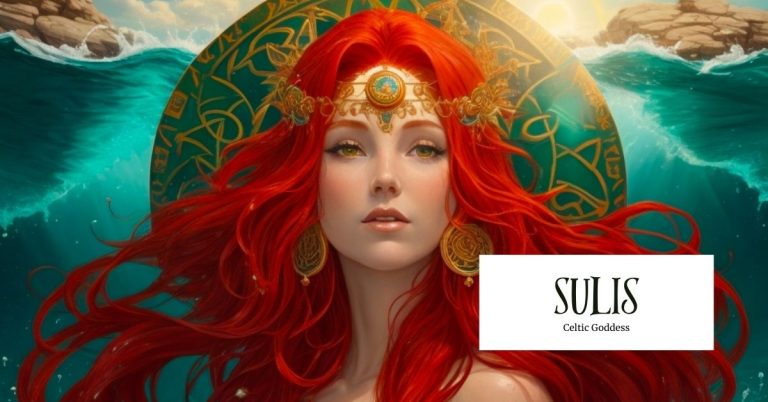
The goddess Sulis creates a special legacy from the sacred springs of Bath, England, to modern domains like gaming, fashion,…
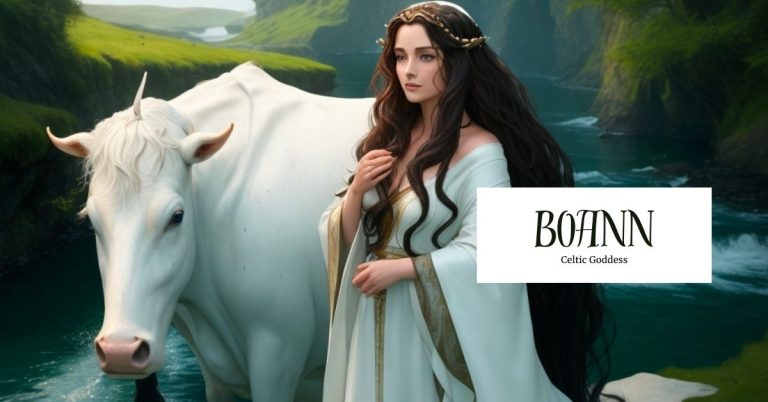
From her daring quest to approach a forbidden well to her transformation into the River Boyne, Boann’s legends encapsulate the…

As a goddess of love, beauty, and the sea, Clíodhna possesses an enchanting duality that resonates through ages past and…
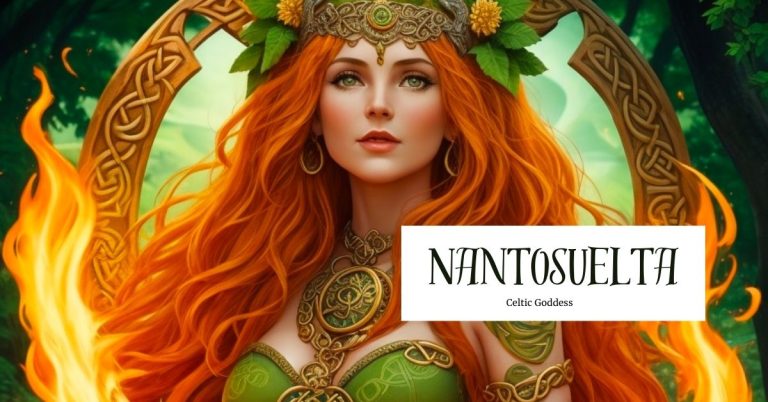
Goddess Nantosuelta is a guardian of the earth, a bestower of fertility, and a symbol of abundance. While the annals…
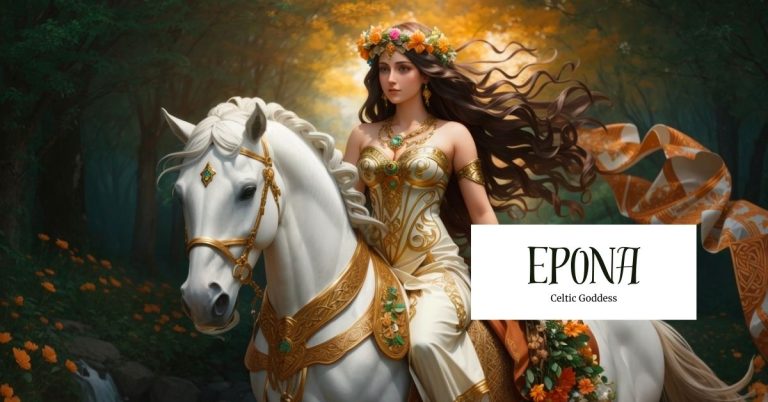
In the realms of ancient Celtic mythology, Goddess Epona stands as a revered and enigmatic figure, embodying the qualities of…
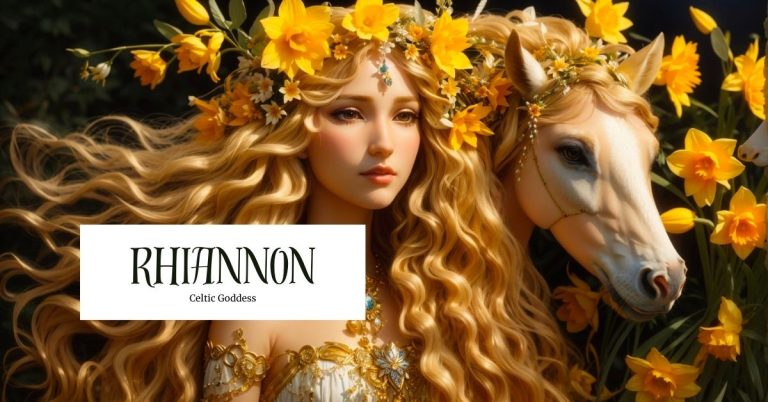
Among a pantheon of captivating figures, the goddess Rhiannon stands tall as an enigmatic and powerful deity. With roots traced…
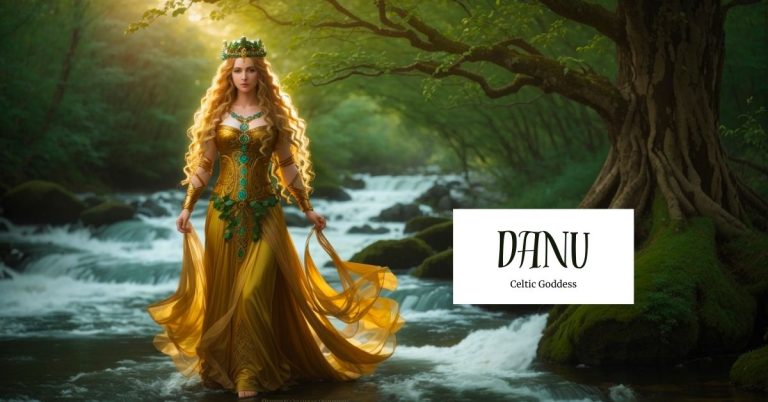
Goddess Danu stands tall as a symbol of divine femininity, wisdom, and abundance. Her presence has captivated the hearts and…
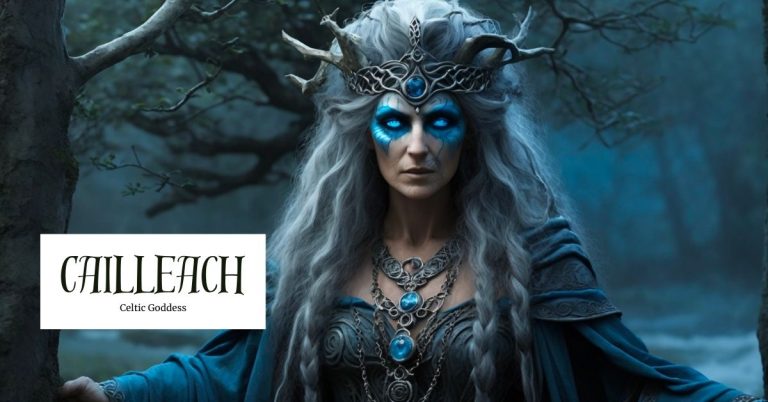
In the ancient mythology of the Celtic people, a captivating figure known as Cailleach reigns as the mysterious and powerful…
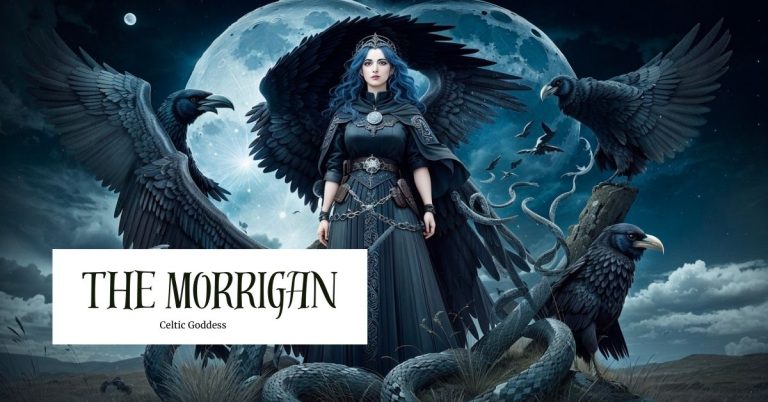
In Celtic mythology, the goddess Morrigan is depicted as a triple goddess. She exists as three distinct but interconnected Goddesses….
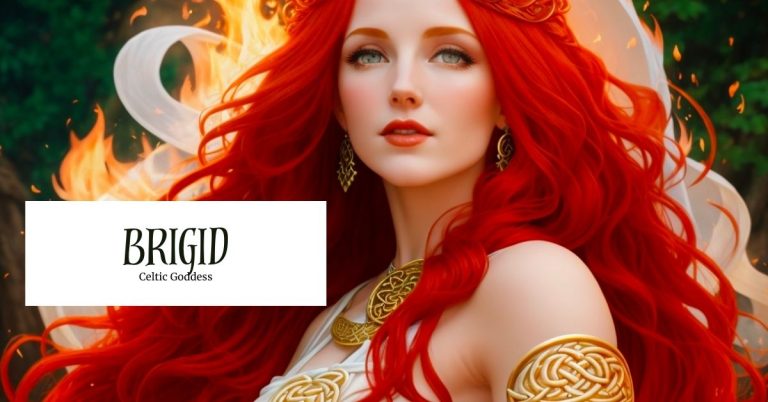
While deities and gods have been praised and worshiped, the ethereal presence of goddesses stands out as an embodiment of…